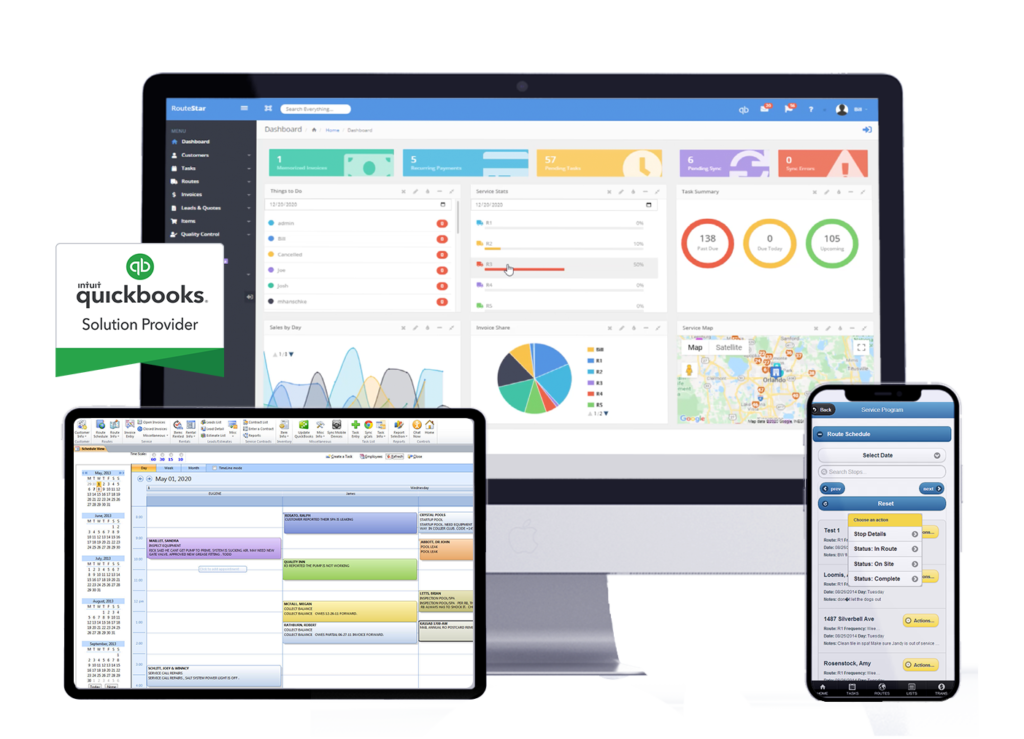Construction Project Management Software: Enhance Performance and Collaboration
Wiki Article
Customized Construction Management Software: Optimizing Resource Allotment and Budgeting Techniques
These sophisticated tools offer a nuanced method to optimizing resource allotment and budgeting approaches, important parts for successful job execution. By diving into the complexities of just how such software program can boost resource appropriation approaches and fine-tune budget optimization methods, a clear pathway towards heightened job performance arises.Advantages of Tailored Software Program Solutions
Customized software application options supply a myriad of advantages to construction administration companies looking for to boost efficiency and improve procedures. One key benefit is the personalization of attributes to line up with the certain needs of the building and construction industry (construction mangement software). By tailoring software options to address job administration, scheduling, budgeting, and source allowance, companies can optimize their workflows and accomplish better performance. Additionally, customized software enables for seamless integration with existing systems, lowering the demand for manual data entry and decreasing errors.One more benefit of tailored software application options is the capability to provide real-time insights and analytics. Construction administration companies can utilize data-driven decision-making to check job progress, determine traffic jams, and make changes without delay. This proactive approach boosts job outcomes and assists companies remain on track with timelines and budgets.

Boosted Source Appropriation Approaches
Executing reliable source appropriation approaches is important for building and construction administration firms to maximize task end results and maximize efficiency. By leveraging building administration software application that provides real-time tracking and reporting features, firms can dynamically change allocations as task needs progress, leading to boosted effectiveness and cost-effectiveness. evolve construction.Furthermore, enhanced source appropriation techniques enable construction companies to determine and deal with prospective bottlenecks or resource restrictions proactively. By conducting routine evaluations of source utilization and performance metrics, managers can make data-driven choices to redistribute resources successfully and protect against hold-ups. This positive strategy not only enhances job timelines yet likewise minimizes the danger of budget overruns because of inefficient source appropriation.
Budget Optimization Methods
To attain optimal economic efficiency in construction jobs, reliable budget optimization methods play a critical role in making sure useful content expense control and task success. One crucial technique is the establishment of a comprehensive job spending plan that assigns resources based on priority and important needs. By clearly specifying the scope of work, establishing practical expense quotes, and continually monitoring expenditures, building and construction managers can identify possible expense overruns early and take corrective actions. In addition, executing value design practices can aid enhance task prices without jeopardizing high quality. This entails assessing each job element to determine chances for cost financial savings while keeping performance standards. Moreover, leveraging historical data and sector criteria makes it possible for construction supervisors to make educated choices regarding spending plan appropriations and determine locations where costs can be maximized. By incorporating these budget optimization strategies into building management software program, project stakeholders can improve economic preparation, source allowance, and overall budget plan administration to drive task success and earnings.
Impact on Project Effectiveness
Enhancing building and construction management software program can dramatically boost job effectiveness by simplifying communication, improving cooperation, and facilitating data-driven decision-making. By systematizing project information, stakeholders can quickly access real-time updates, reducing delays triggered by miscommunication or outdated information. Boosted collaboration attributes allow employee to collaborate seamlessly, despite their physical place, cultivating a much more cohesive and productive workplace. In addition, construction administration software application can supply important insights with information analytics, permitting job managers to make informed choices swiftly and precisely.Additionally, the automation of regular tasks such as organizing, budget plan monitoring, and source appropriation can maximize important time for job groups to concentrate on important activities, inevitably speeding up task distribution. The ability to keep track of job progress in real-time and determine potential traffic jams makes it possible for aggressive analytic, stopping problems from intensifying and creating hold-ups. Generally, the impact of customized building and construction management software application on job efficiency is undeniable, providing a basics competitive advantage by maximizing operations and taking full advantage of performance.
Future Trends in Building Software
As the building sector remains to develop, advancements in modern technology are shaping the future landscape of building and construction software application remedies. One considerable fad coming up is the raising integration of artificial knowledge (AI) and artificial intelligence capabilities in construction software. These technologies have the possible to revolutionize how building jobs are handled by making it possible for anticipating analytics, automated decision-making procedures, and improved job understandings.An additional future trend in building and construction software is the expanding focus on cloud-based services. Cloud innovation provides enhanced adaptability, scalability, and ease of access for construction teams, enabling real-time collaboration and data sharing throughout task stakeholders. This change towards cloud-based software program is anticipated to enhance project performance, simplify interaction, and enhance total job results.
Additionally, the increase of Building Information Modeling (BIM) is anticipated to continue shaping the construction software program landscape. BIM software application facilitates 3D modeling, visualization, and information management, causing boosted project control, reduced errors, and improved task results. Accepting directory these future fads in building and construction software application will be vital for firms looking to remain affordable and drive technology in the industry.
Final Thought
Finally, tailored construction management software program uses various advantages such as improved resource appropriation approaches and spending plan optimization strategies. This software program has a considerable impact on task efficiency by improving processes and improving overall performance (evolve construction). As modern technology proceeds to advance, future patterns in building software application are expected to further maximize source allotment and budgeting strategies for construction jobsReport this wiki page